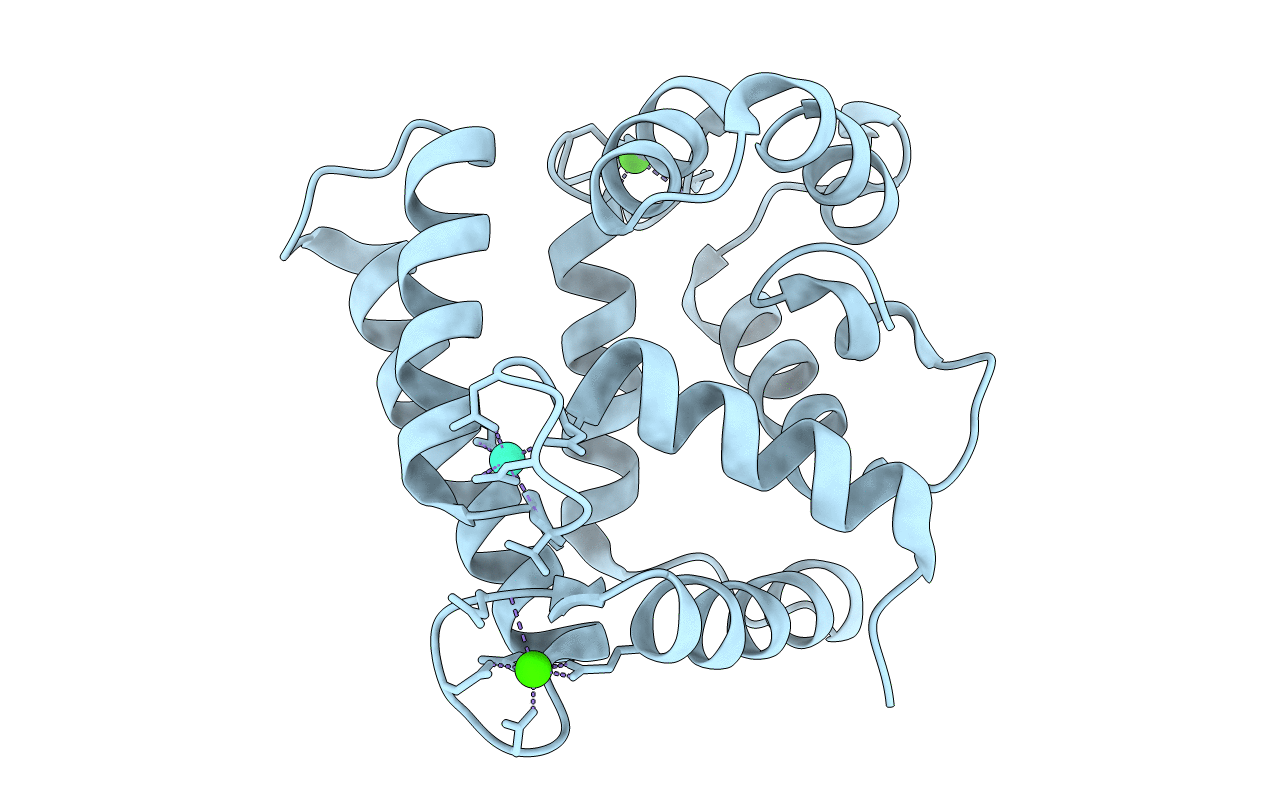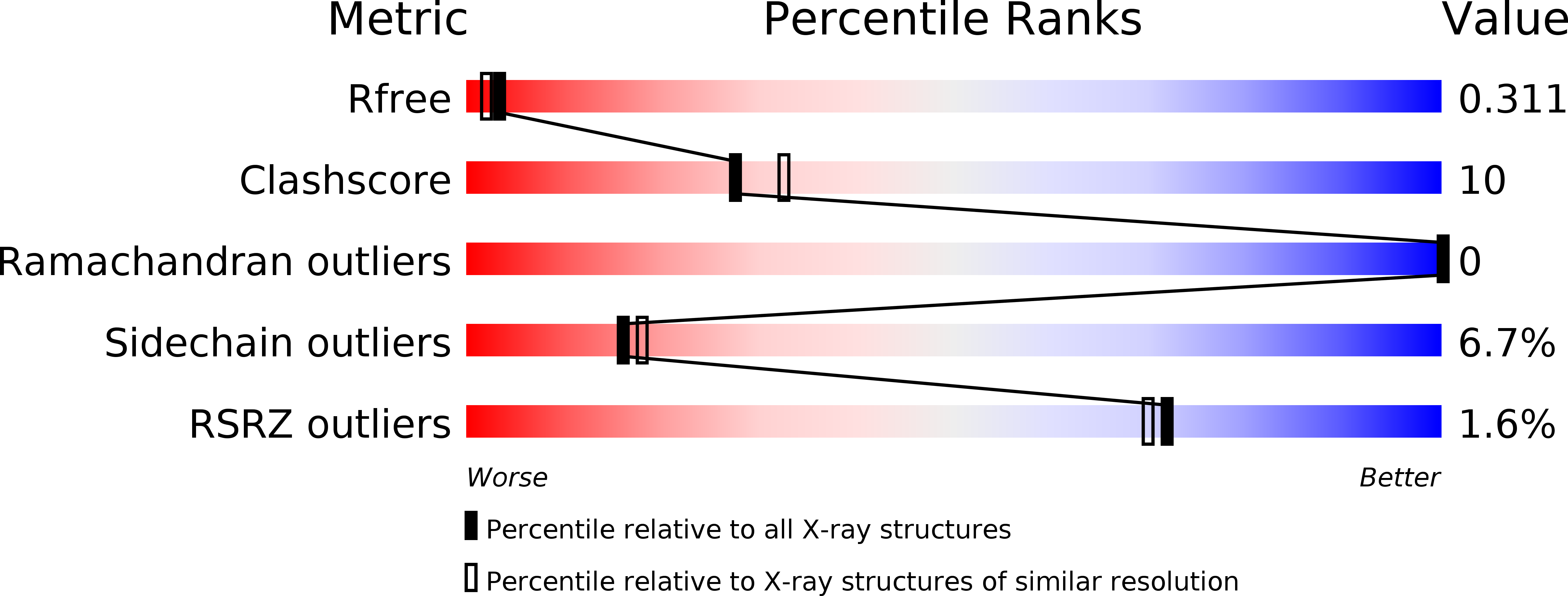
Deposition Date
2015-12-06
Release Date
2015-12-16
Last Version Date
2024-01-10
Entry Detail
Biological Source:
Source Organism:
Doryteuthis pealeii (Taxon ID: 1051067)
Host Organism:
Method Details:
Experimental Method:
Resolution:
2.20 Å
R-Value Free:
0.30
R-Value Work:
0.21
R-Value Observed:
0.21
Space Group:
P 43


